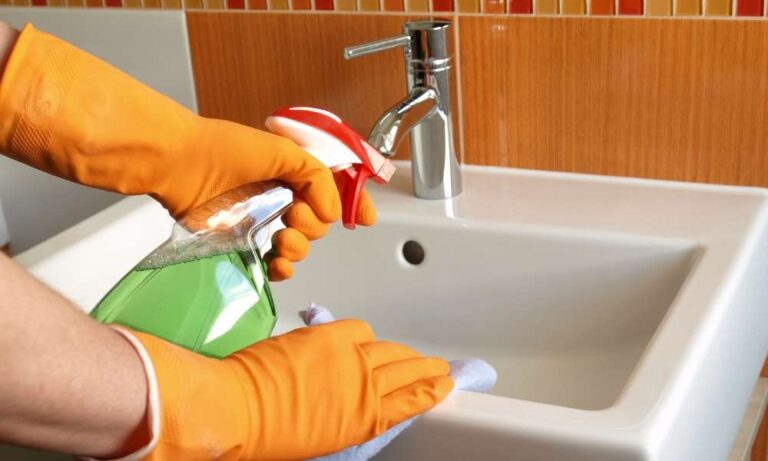Dealing with mold and mildew in your bathroom sink drain can be a frustrating and unpleasant experience. The musty smell and unsightly appearance of mold can make your bathroom feel dirty and uninviting. However, with the right tips and techniques, you can effectively remove mold and mildew from your bathroom sink drain and prevent it from coming back. Mold and Mildew Removal Tips
The first step in getting rid of mold smell in your bathroom sink drain is to identify the source of the problem. Mold thrives in damp and dark environments, so it's no surprise that your bathroom sink drain can become a breeding ground for mold and mildew. To get rid of the smell, you'll need to thoroughly clean and disinfect your sink drain. How to Get Rid of Mold Smell in Bathroom Sink Drain
There are several causes for a moldy smell in your bathroom sink drain, including clogged drains, leaks, and poor ventilation. To prevent mold growth in your sink drain, make sure to keep it clean and dry and fix any leaks or clogs as soon as they arise. You can also use a plunger or drain snake to remove any buildup in your drain and improve drainage. Causes and Solutions for Moldy Smell in Bathroom Sink Drain
If you're dealing with a small amount of mold in your bathroom sink drain, you can try removing it yourself using a mixture of hot water, vinegar, and baking soda. Simply pour the mixture down the drain and let it sit for 20-30 minutes before flushing it out with hot water. You can also use a scrub brush to remove any visible mold. DIY Mold Removal for Bathroom Sink Drain
If you prefer to use natural remedies to get rid of mold smell in your bathroom sink drain, there are a few options you can try. Tea tree oil has antifungal properties and can be mixed with water and vinegar to create a natural mold-fighting solution. You can also sprinkle baking soda down the drain and let it sit for a few hours before flushing it out with hot water. Natural Remedies for Mold Smell in Bathroom Sink Drain
The best way to deal with mold in your bathroom sink drain is to prevent it from growing in the first place. This means regularly cleaning and disinfecting your sink drain, fixing any leaks or clogs, and ensuring proper ventilation in your bathroom. You can also consider installing a mesh drain cover to prevent hair and other debris from getting stuck in your drain. Preventing Mold Growth in Bathroom Sink Drain
If you're dealing with a severe mold problem in your bathroom sink drain, it's best to seek professional help. Mold removal experts have the necessary tools and expertise to effectively remove mold and prevent it from coming back. They can also provide tips and recommendations for preventing future mold growth in your sink drain. Professional Mold Removal Services for Bathroom Sink Drain
It's important to be aware of the common signs of mold in your bathroom sink drain so you can address the problem early on. Some common signs include a musty smell, visible black or green growth, and slow drainage. If you notice any of these signs, it's important to take action to prevent the mold from spreading and causing further damage. Common Signs of Mold in Bathroom Sink Drain
To effectively clean and disinfect your bathroom sink drain and remove mold, you'll need to use a combination of hot water, vinegar, and baking soda. You can also use a commercial mold and mildew remover, following the instructions carefully. It's important to thoroughly clean and disinfect all areas of your sink drain, including the stopper and overflow opening, to prevent mold from coming back. How to Clean and Disinfect Bathroom Sink Drain to Remove Mold
Once you've successfully removed mold from your bathroom sink drain, it's important to take steps to prevent it from coming back. This includes regularly cleaning and disinfecting your sink drain, keeping it dry, and fixing any leaks or clogs promptly. You can also consider using a mold-inhibiting product, such as a spray or tablet, to keep mold at bay. In conclusion, dealing with mold and mildew in your bathroom sink drain can be a hassle, but with the right tips and techniques, you can effectively remove it and prevent it from coming back. Regular maintenance and proper cleaning habits can go a long way in keeping your bathroom sink drain mold-free and smelling fresh. If you're dealing with a severe mold problem, don't hesitate to seek professional help for the best results. Tips for Maintaining a Mold-Free Bathroom Sink Drain
The Importance of Proper Drain Maintenance in Preventing Mold in Bathroom Sinks
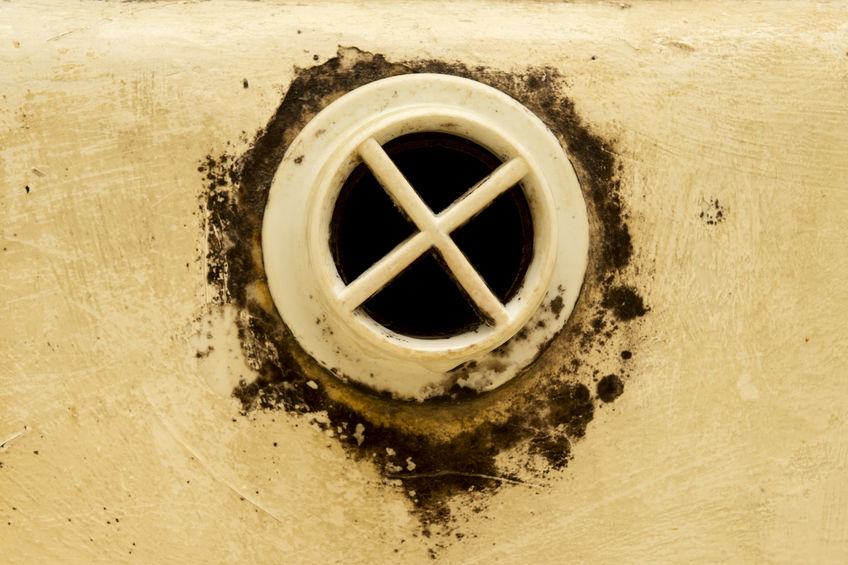
Understanding the Issue
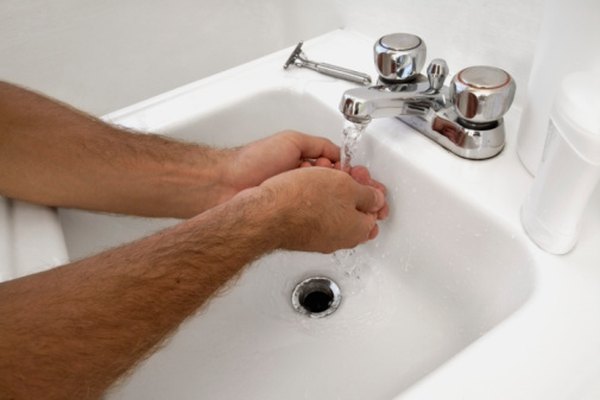 Have you noticed a musty
mold smell
emanating from your bathroom sink drain? This unpleasant odor is not only a nuisance, but it could also be a sign of a bigger problem –
mold growth
. Mold thrives in damp and dark environments, making the bathroom sink drain the perfect breeding ground for it. But why is it so common in bathroom sinks?
Have you noticed a musty
mold smell
emanating from your bathroom sink drain? This unpleasant odor is not only a nuisance, but it could also be a sign of a bigger problem –
mold growth
. Mold thrives in damp and dark environments, making the bathroom sink drain the perfect breeding ground for it. But why is it so common in bathroom sinks?
The Root Cause
 The main culprit for mold growth in bathroom sinks is
lack of proper drainage
. When water and debris get trapped in the drain, it creates a moist environment that is ideal for mold to grow. Over time, this can lead to clogs and backups, making the issue even worse. Additionally, if the bathroom sink is located near a shower or bathtub, the excess moisture from these areas can also contribute to mold growth in the drain.
The main culprit for mold growth in bathroom sinks is
lack of proper drainage
. When water and debris get trapped in the drain, it creates a moist environment that is ideal for mold to grow. Over time, this can lead to clogs and backups, making the issue even worse. Additionally, if the bathroom sink is located near a shower or bathtub, the excess moisture from these areas can also contribute to mold growth in the drain.
The Dangers of Mold
 Aside from the unpleasant smell, mold can also pose potential health hazards. Breathing in mold spores can trigger allergies, respiratory issues, and even infections. It can also cause damage to your home's structure and affect its overall air quality. Therefore, it is essential to address the issue of mold in bathroom sink drains as soon as possible.
Aside from the unpleasant smell, mold can also pose potential health hazards. Breathing in mold spores can trigger allergies, respiratory issues, and even infections. It can also cause damage to your home's structure and affect its overall air quality. Therefore, it is essential to address the issue of mold in bathroom sink drains as soon as possible.
The Solution
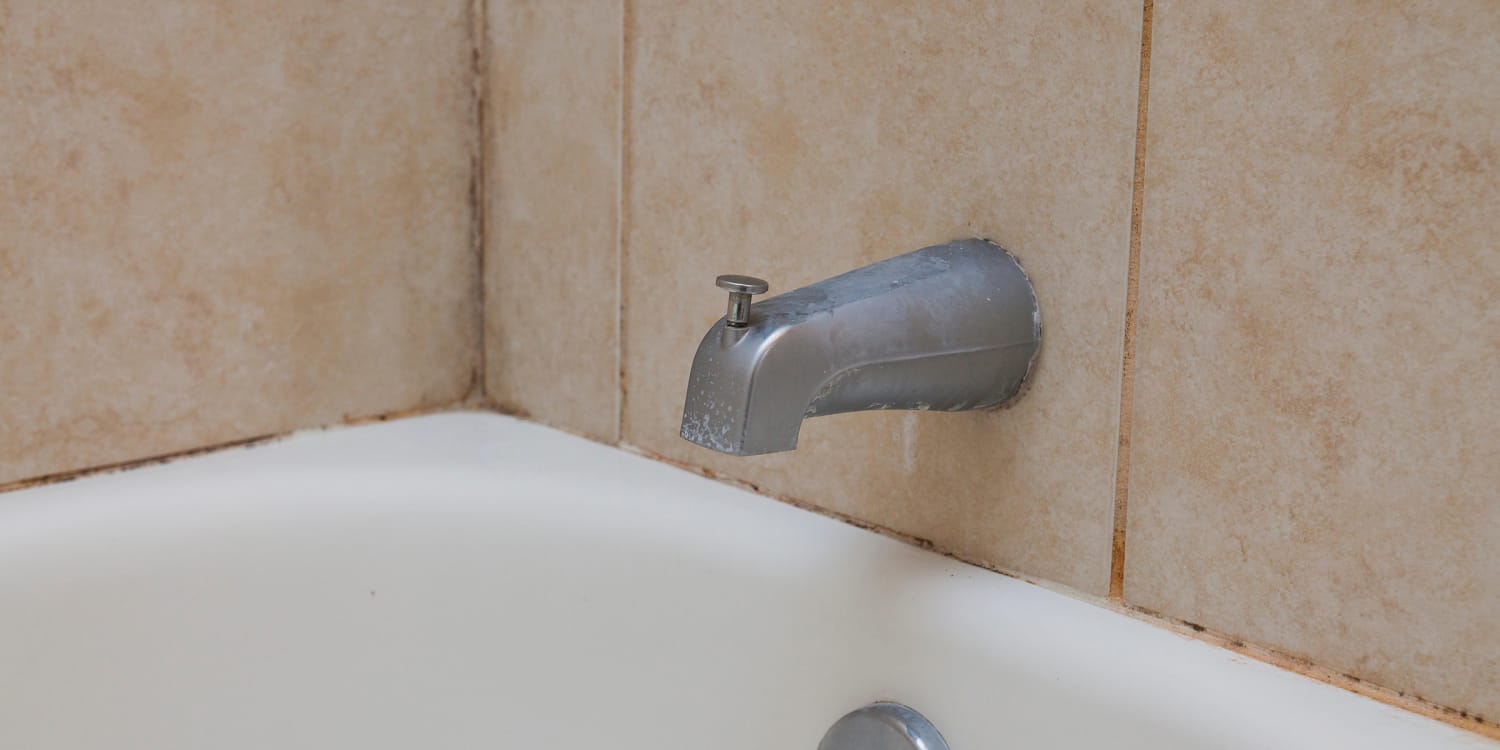 Preventing mold in bathroom sink drains starts with
regular maintenance
. This includes clearing out any visible debris and using a mixture of baking soda and vinegar to clean the drain. You can also use a plunger or a plumbing snake to remove any stubborn clogs. It is also important to
properly ventilate
your bathroom to reduce moisture levels. If the issue persists, it is best to seek professional help.
Preventing mold in bathroom sink drains starts with
regular maintenance
. This includes clearing out any visible debris and using a mixture of baking soda and vinegar to clean the drain. You can also use a plunger or a plumbing snake to remove any stubborn clogs. It is also important to
properly ventilate
your bathroom to reduce moisture levels. If the issue persists, it is best to seek professional help.

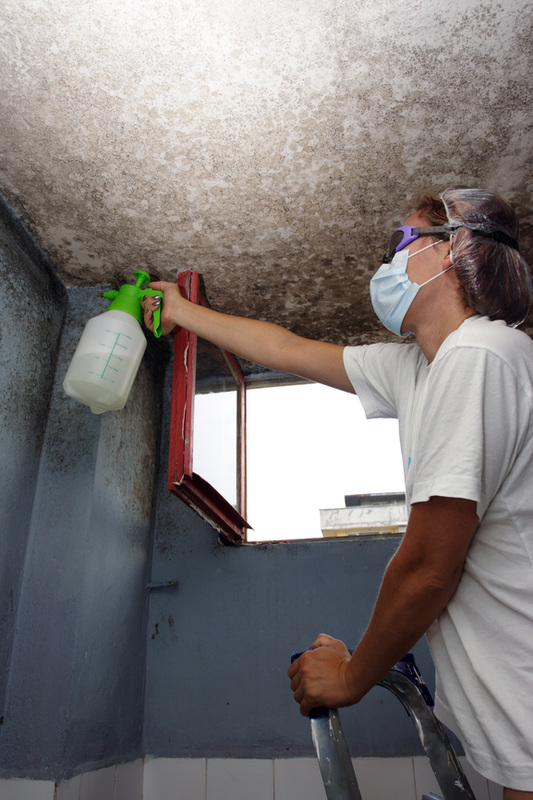

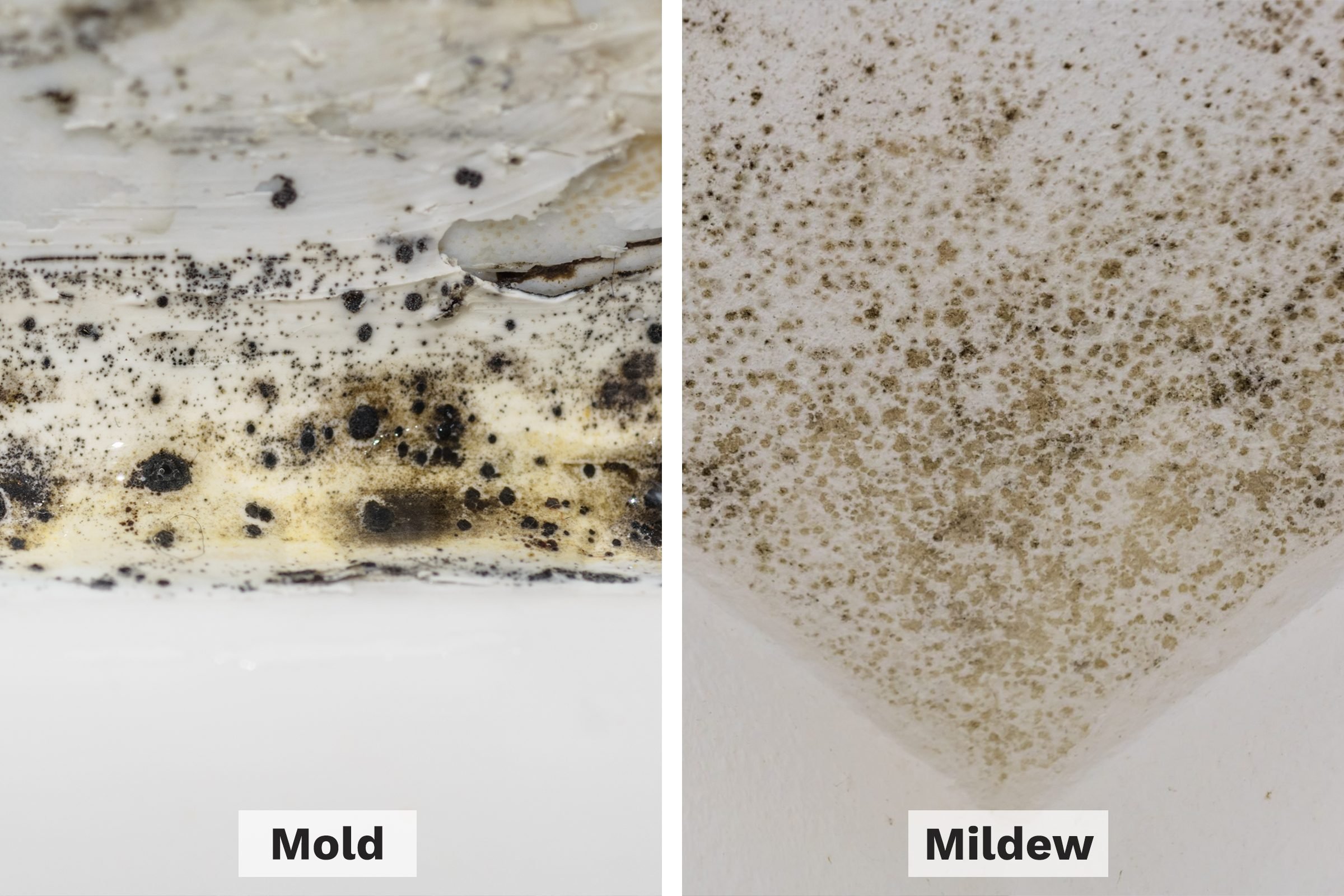
:max_bytes(150000):strip_icc()/identifying-mold-vs-mildew-4799138-final-4266e4b3d84c4401a7c1d8b6835dcc97.png)


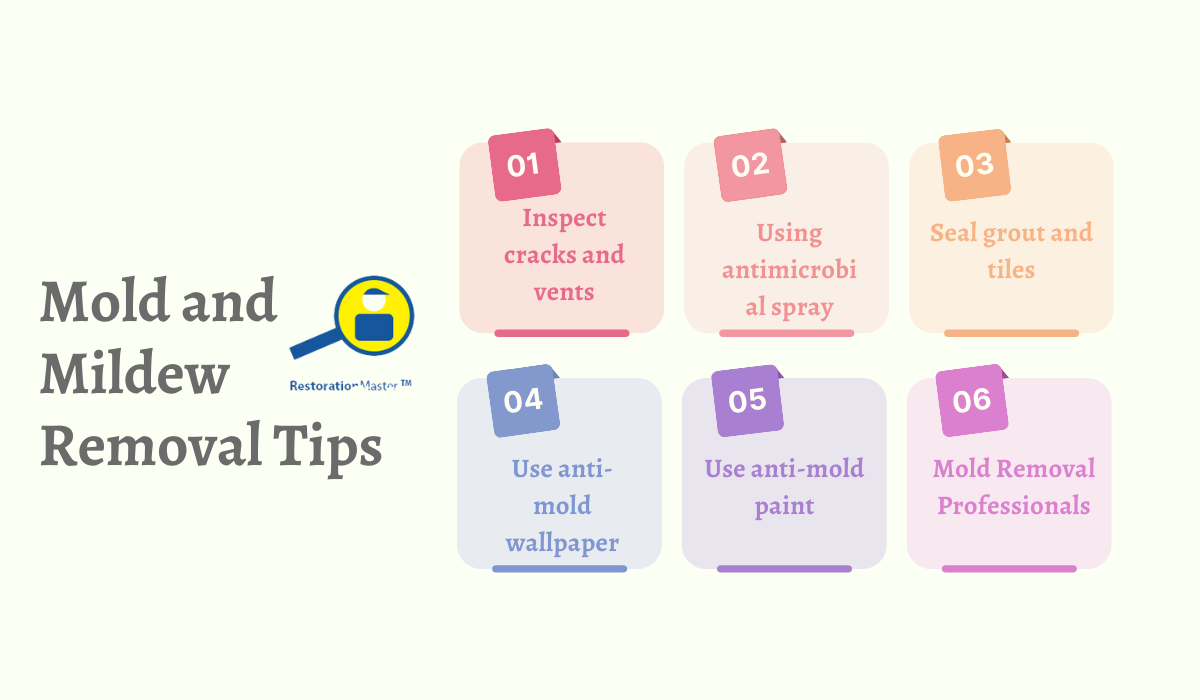
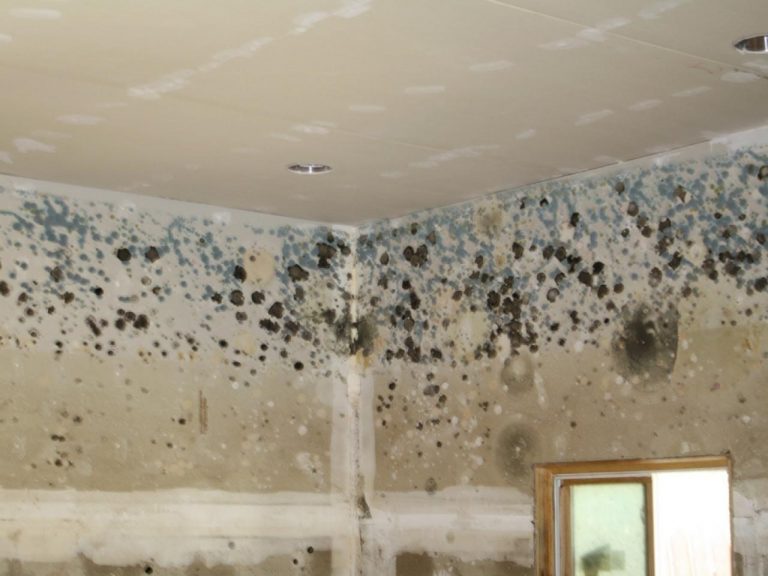









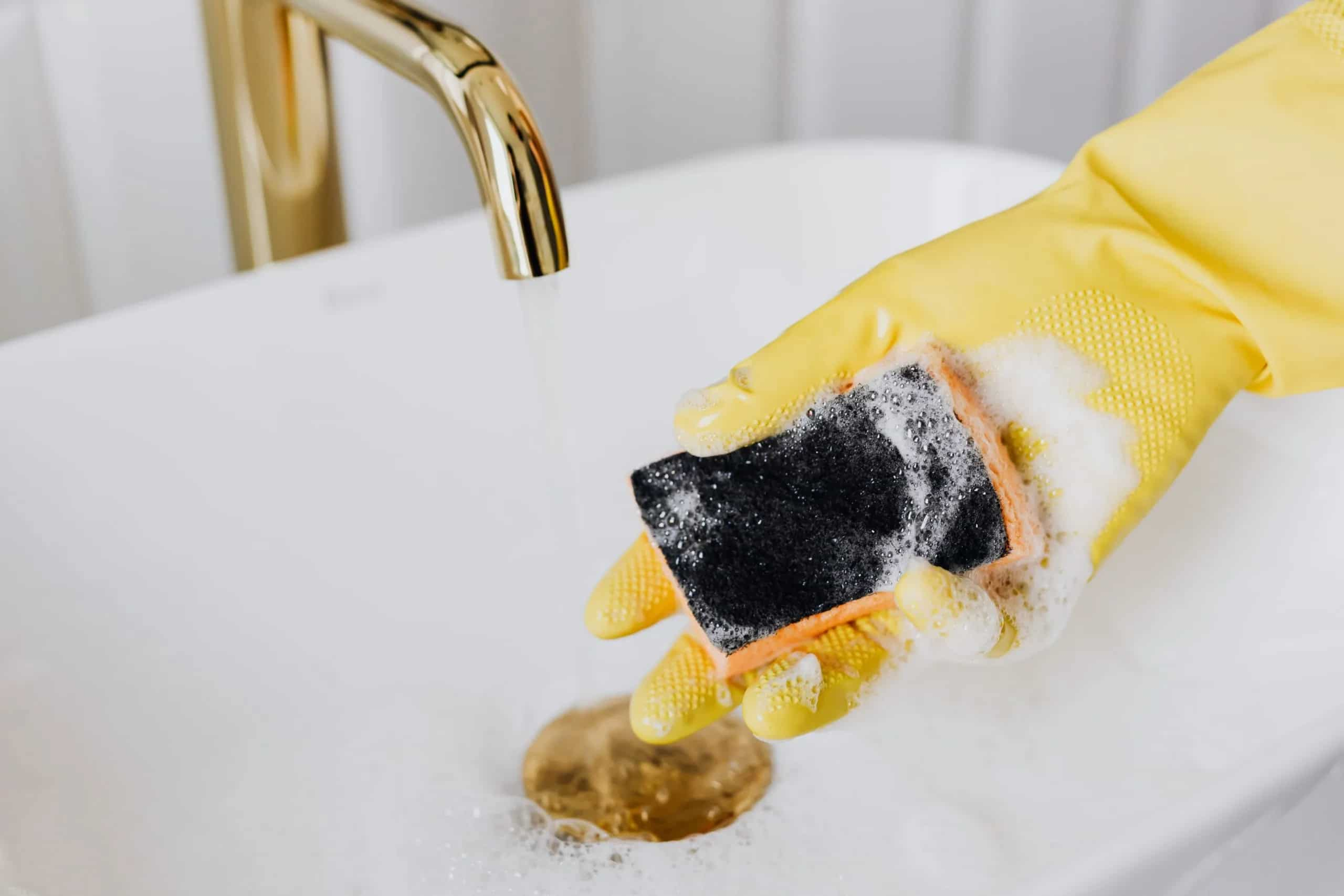



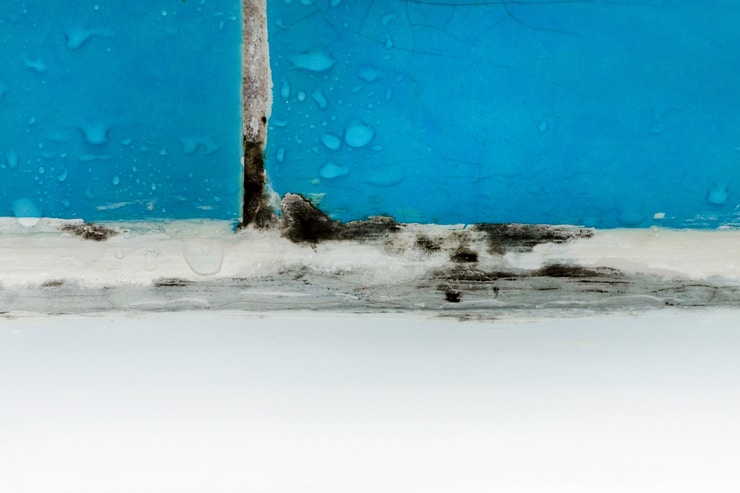

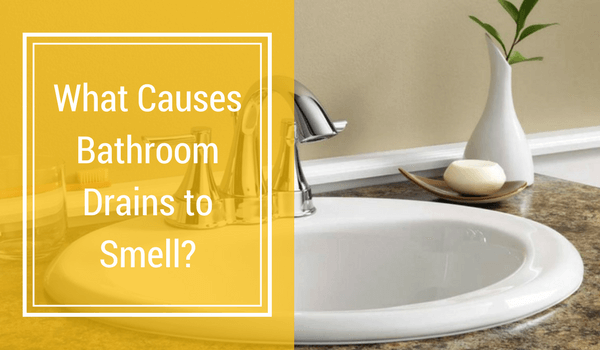




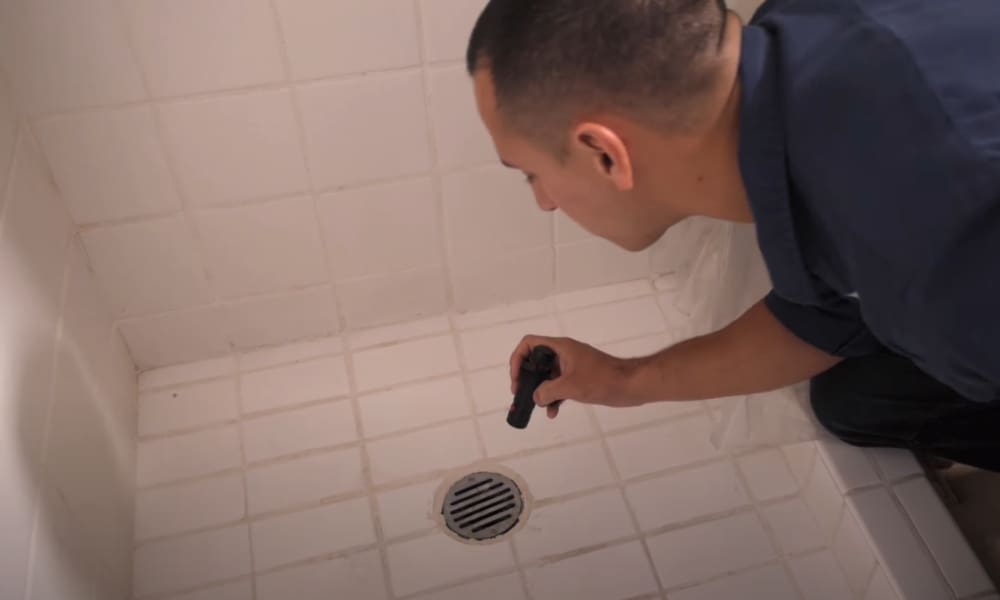
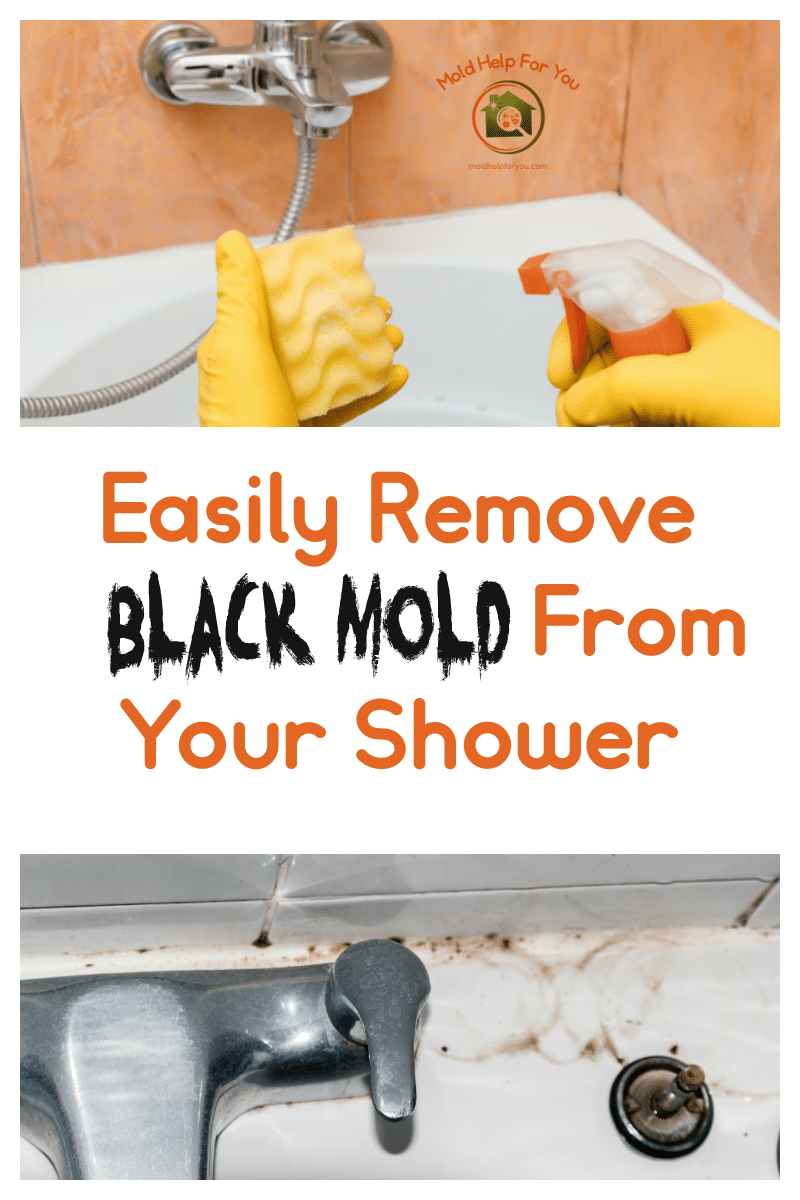


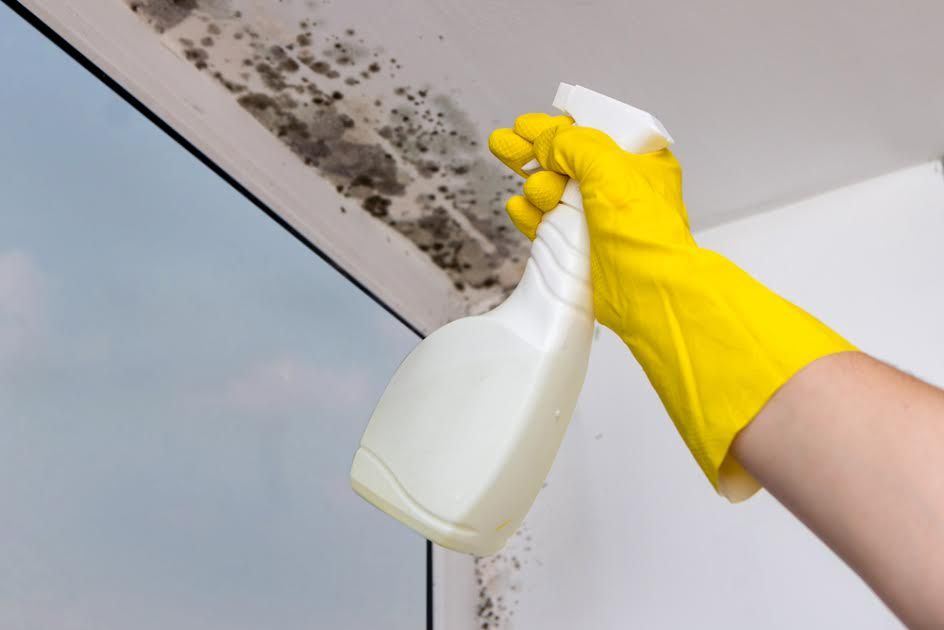


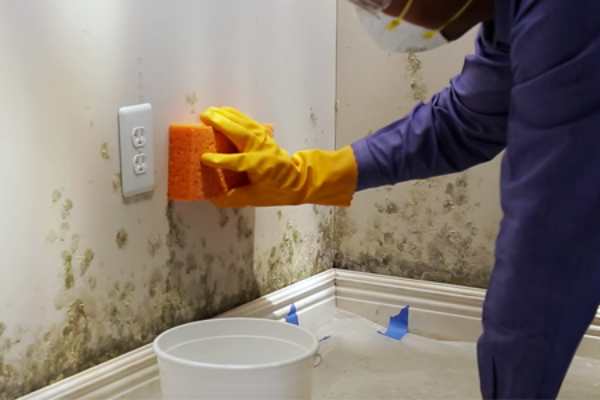
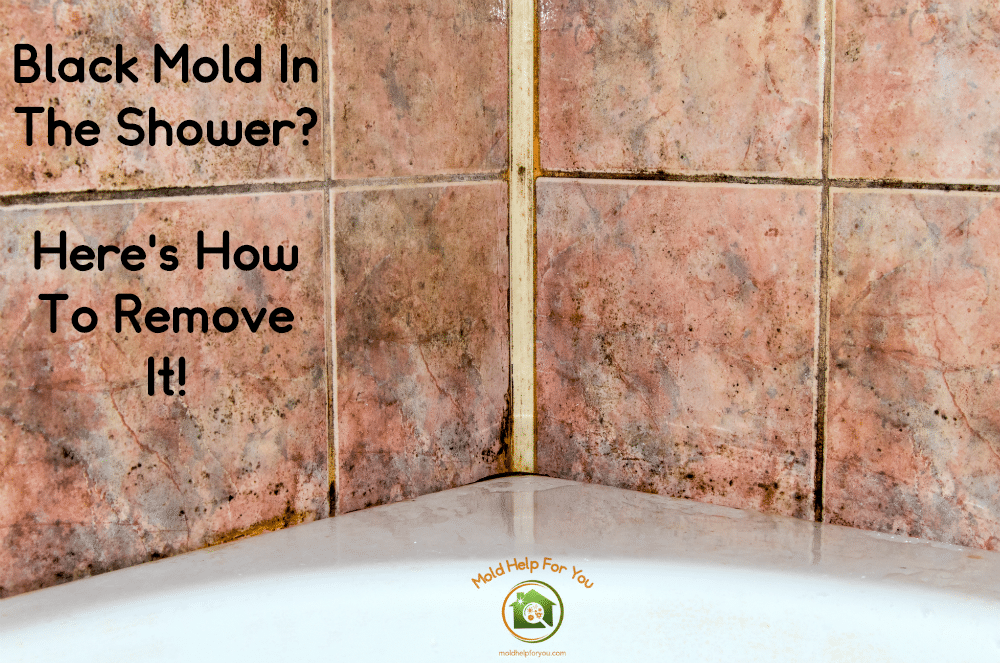











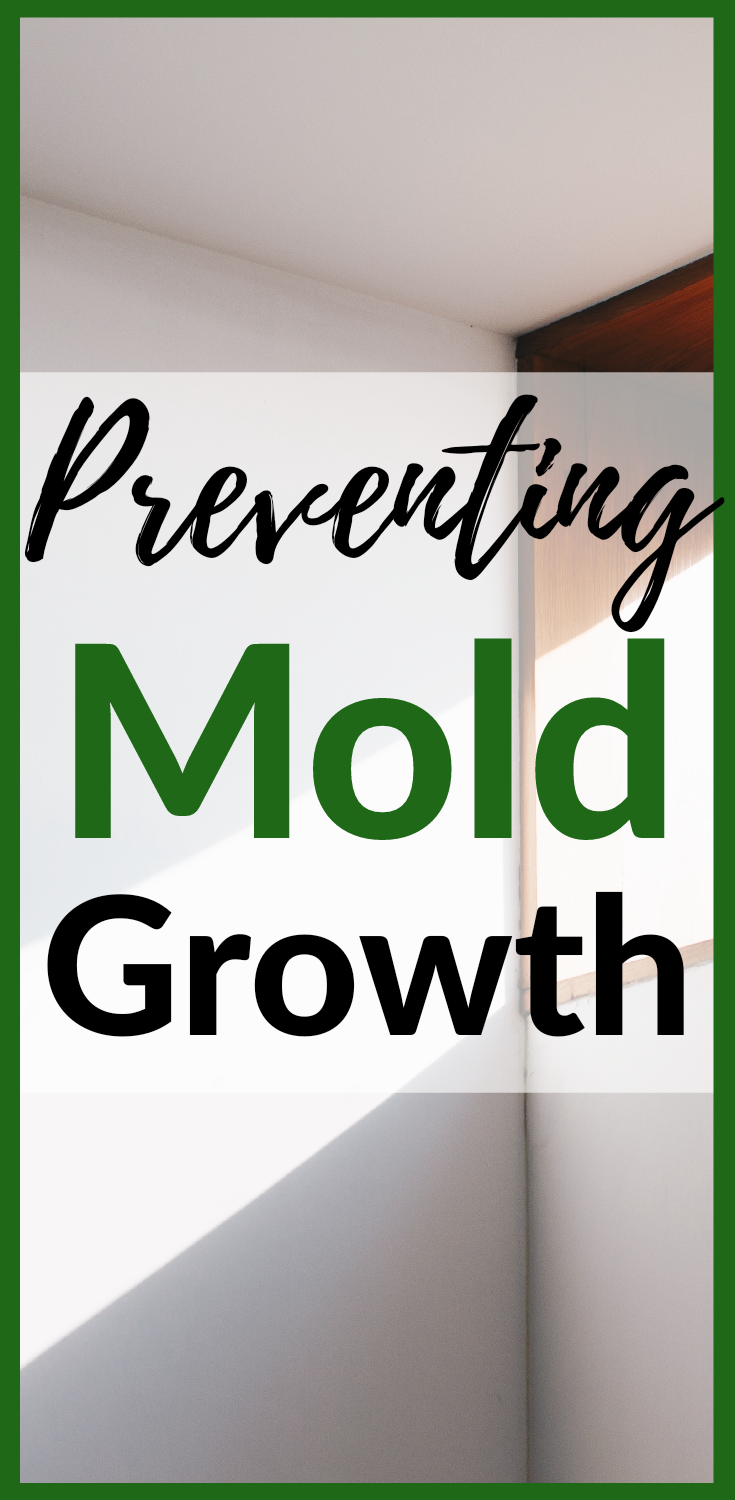



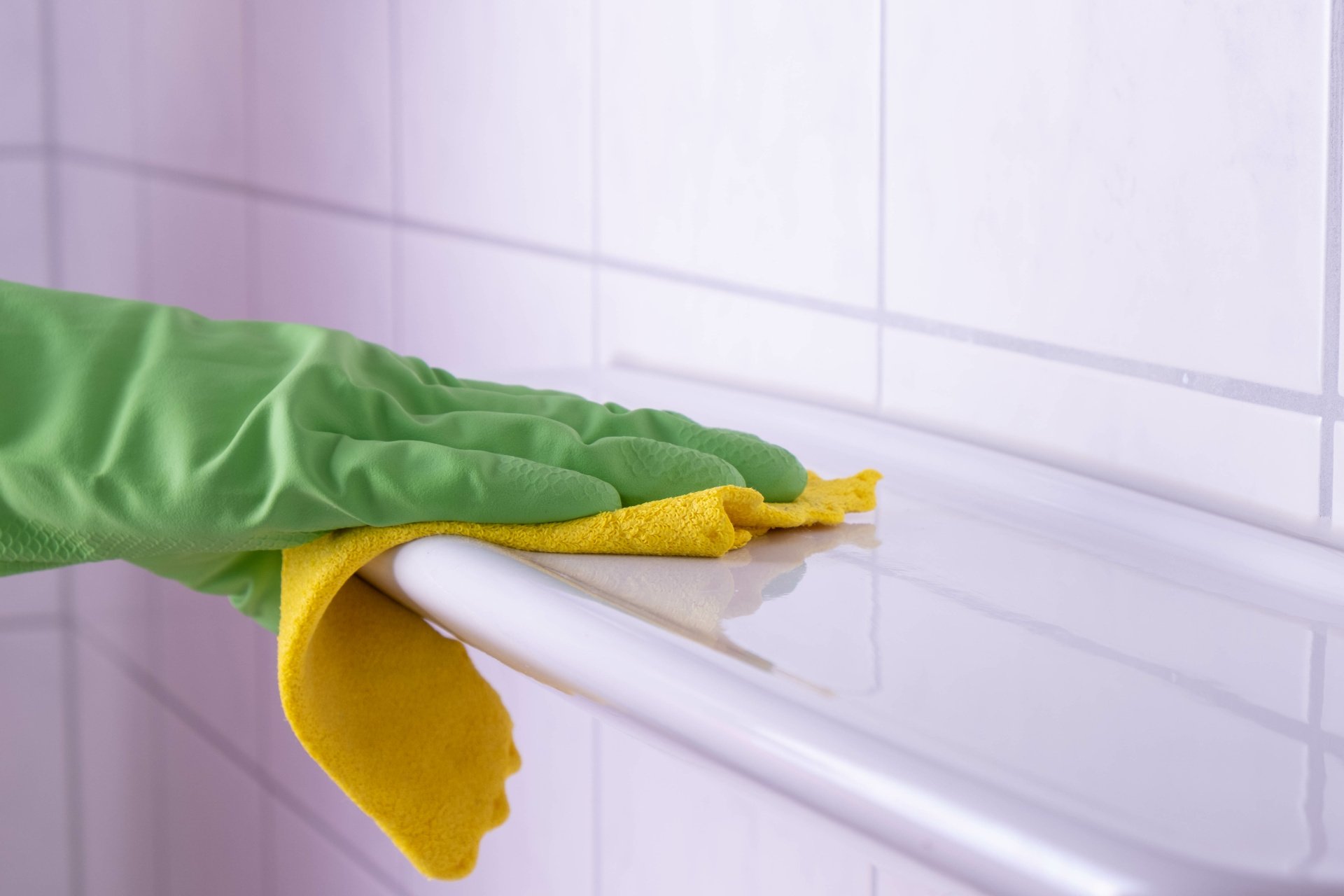

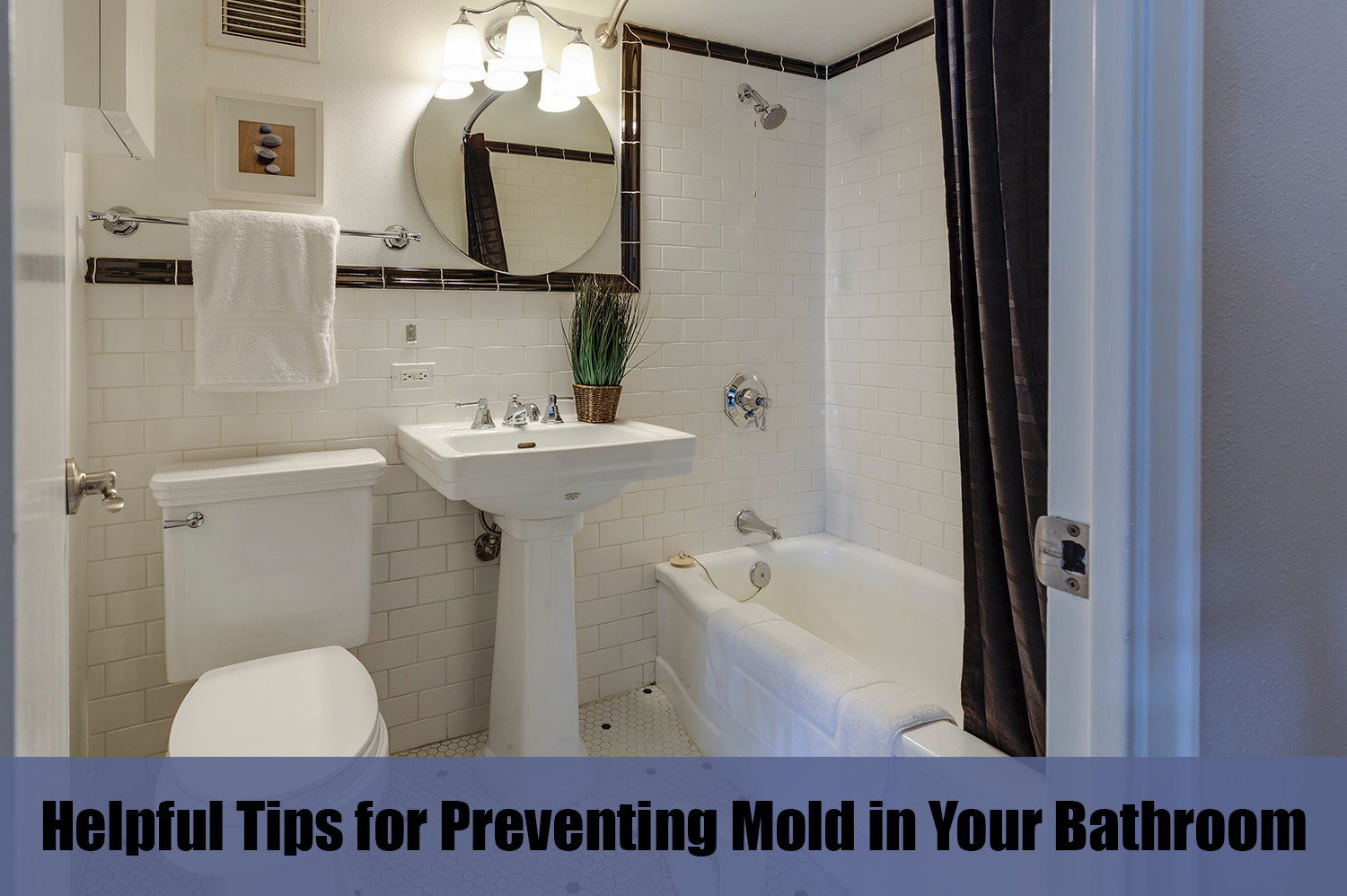





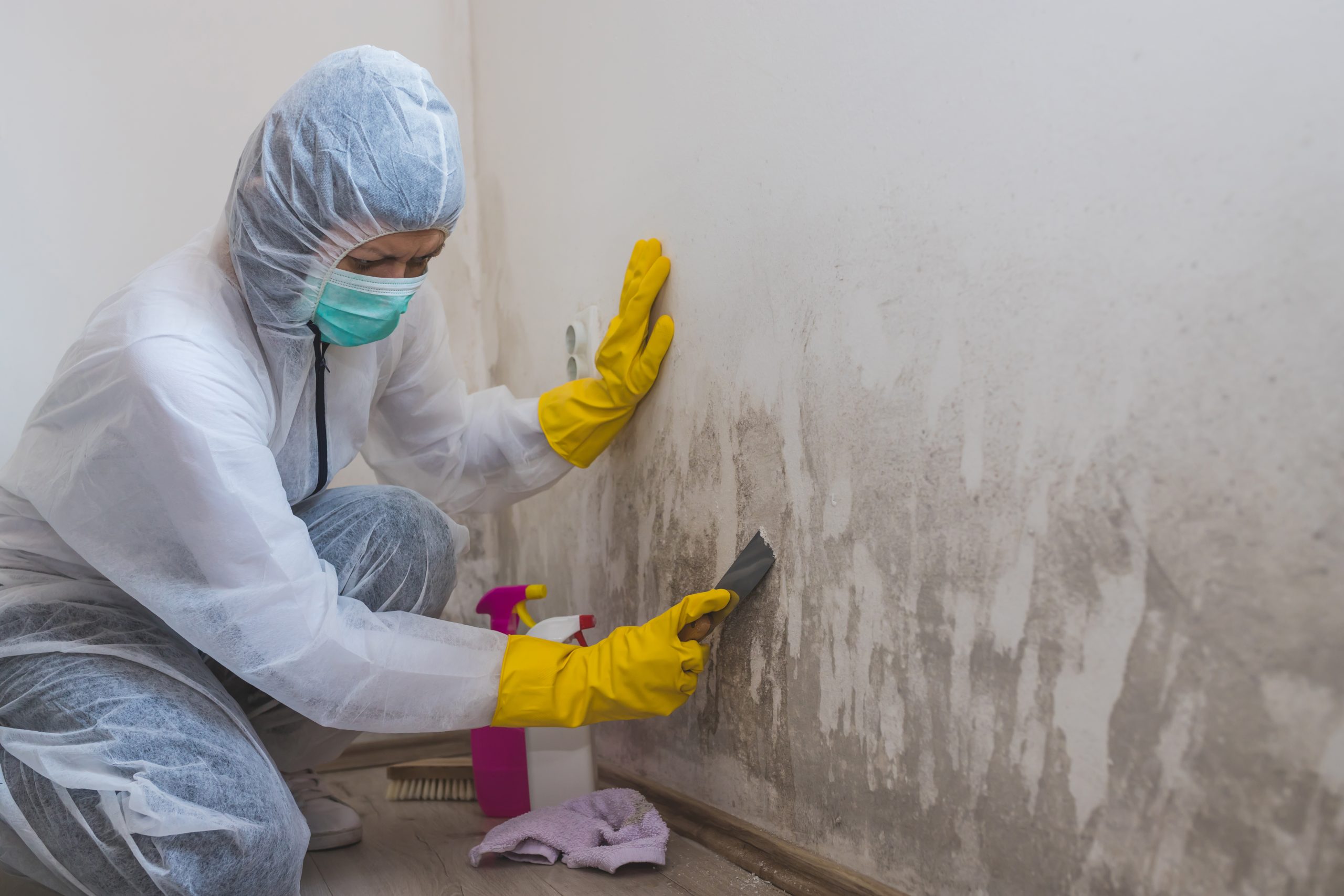










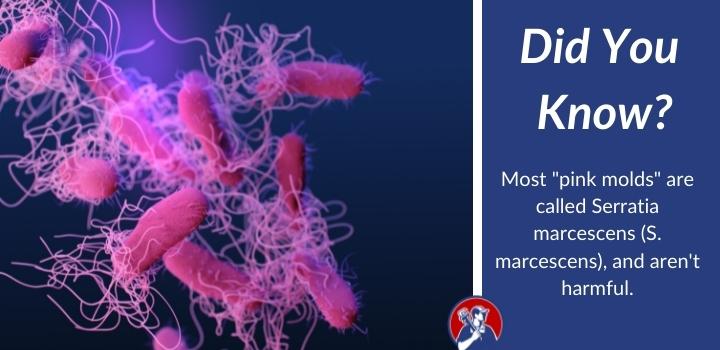
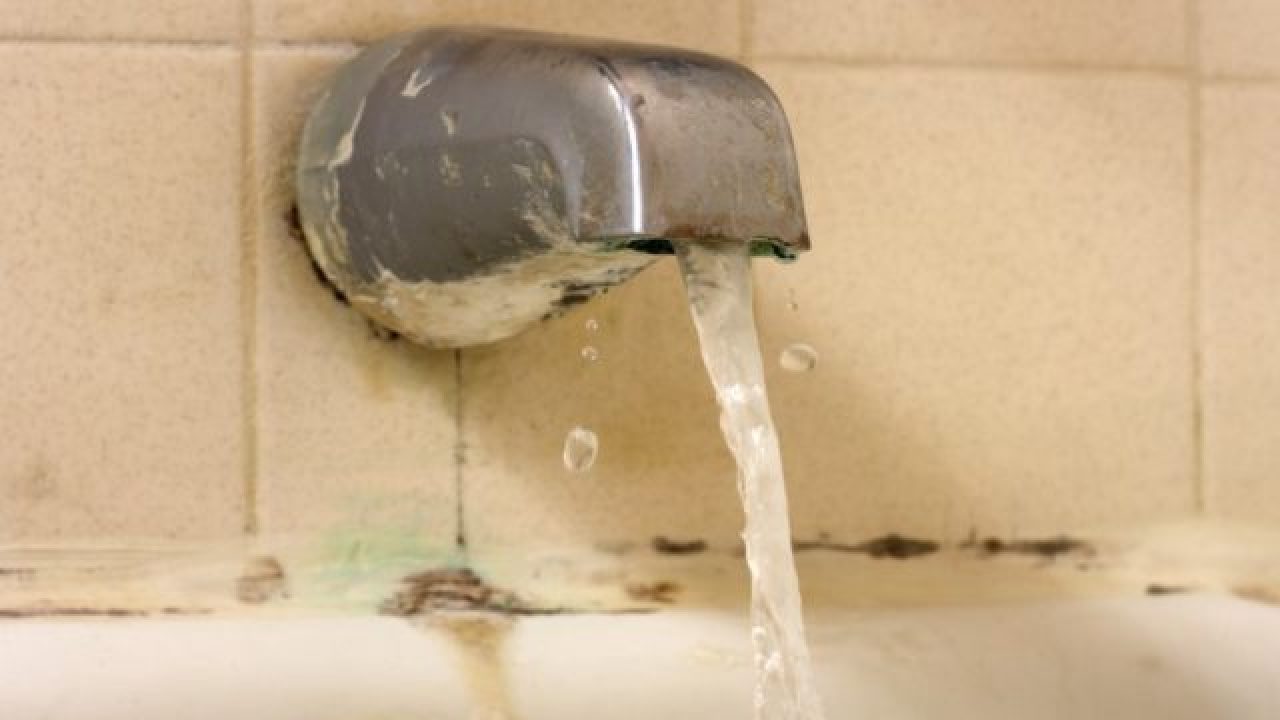


:max_bytes(150000):strip_icc()/bathroom-sink-drain-installation-2718843-02-61e5ecbee1e949be8d8f45ac4f5a6797.jpg)












